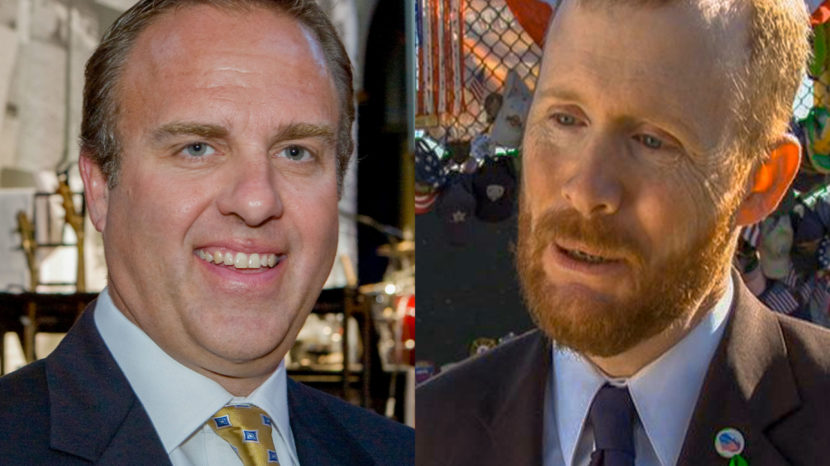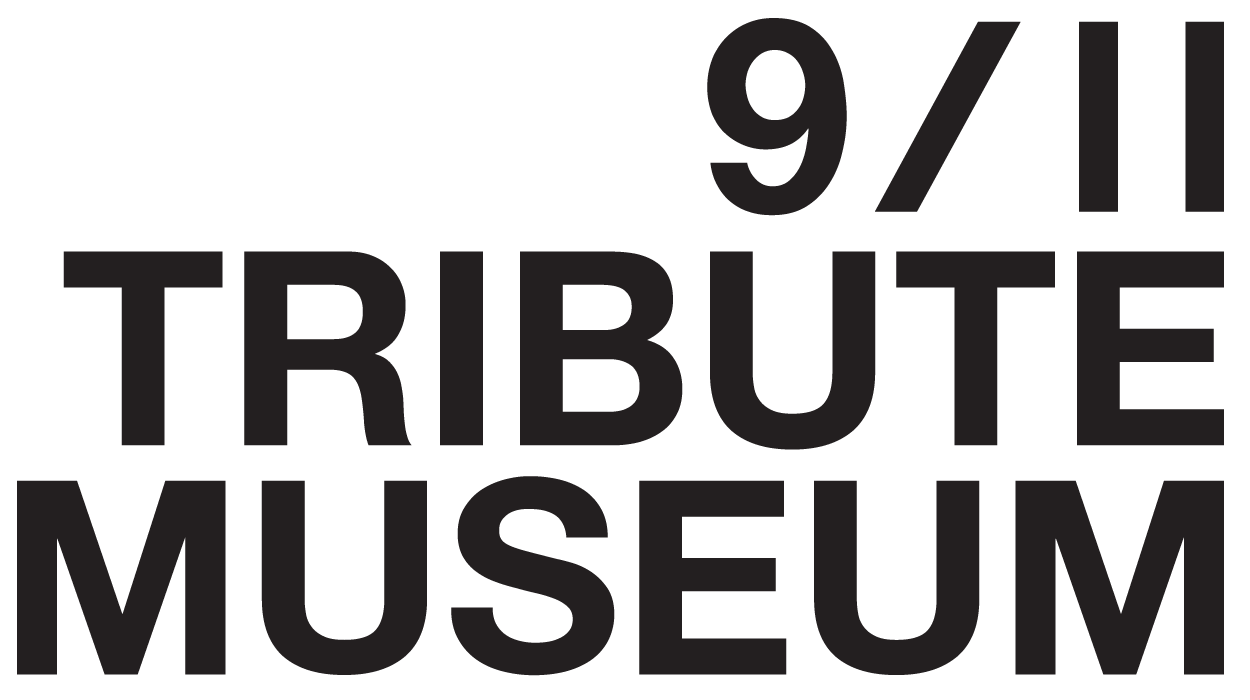Jim Laychak & Gordon Felt lost their brothers, one in the attack on the Pentagon and one on Flight 93. Each took leadership roles in building memorials that pay tribute to the attacks on the nation and the lives lost. Learn More.
Unit 8 – Biography: Jim Laychak & Gordon Felt

Jim Laychak lost his brother Dave at the Pentagon on September 11th. Dave was a civilian working as a budget analyst for the Department of the Army. He had only recently moved from a Department of Defense office in Arizona into an office in the Pentagon located where the plane hit the building. He was 40 years old and married, with 2 young children.
After his brother was killed, Jim attended some of the briefing sessions held for families by General Van Alstyne. While listening to the discussions at these meetings, Jim realized the importance of creating a memorial to remember what happened at the Pentagon on September 11th and he wrote suggestions about this to Pentagon staff. A few weeks later, he was invited to be one of the family members who would help in the process of building a memorial.
At first he was on the committee to select the design from 1,100 entries that were submitted from around the world. Since Jim had a background in business, he took a leading role to seek funding to build the memorial.
In May 2003, he became President of the Pentagon Memorial Fund. The memorial opened on September 11, 2008. It sits adjacent to the rebuilt section of the Pentagon that collapsed on 9/11. The Memorial is open 24 hours a day. The committee hoped that visitors will talk about those who died and the events of thatday. The family statement expressed the desire for “a memorial that would make people think, but not tell them what to think.”
Gordon Felt lost his brother Edward, a passenger on United Flight 93, on September 11th. Ed was a highly accomplished computer engineer who loved to solve problems and was married with 2 young children.
Gordon became involved with the Families of Flight 93 organization in December 2002 when the President signed legislation to create a national memorial near Shanksville, to be operated by the National Park Service (NPS). The Flight 93 National Memorial was developed by a partnership that includes family members, community groups, national leaders and federal agencies
When visitors began arriving at the field near Shanksville to see the “sacred ground” where the plane went down, members of the local community began staffing the site so they could tell visitors the story of what happened. Gordon believes that people visiting the memorial will be inspired by the landscape settingand the design to remember that even in our darkest days, we can move forward with hope. The preamble of thememorial’s mission statement is “A common field one day. A field of honor forever.”
